Steampunk seems to be a state of mind, an aesthetic. One person’s steampunk isn’t exactly what the next person pictured. Makes for an uneasy genre to write. Nevertheless, much like porn, you know it when you see it.
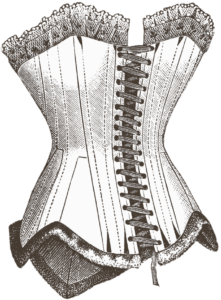
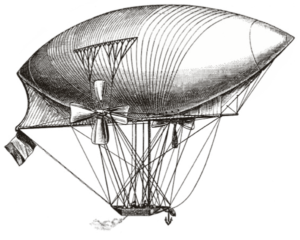
A lot of folks have wondered what this term means. More commonly, it refers to a subgenre of science fiction and fantasy  inspired by the aesthetic of the steam-powered era. It also incorporates alternate history (as we have seen in my Enchanter Chronicles series with Prince Albert surviving his brush with death and the presence of steam-powered airships throughout London). Technology is strictly steam-powered, even advanced technology, inspired by the works of H.G. Wells and Jules Verne, steampunk masters though they didn’t know it. The aesthetic involves top hats, goggles, gears, corsets, dirigibles, devices, and… magic.
inspired by the aesthetic of the steam-powered era. It also incorporates alternate history (as we have seen in my Enchanter Chronicles series with Prince Albert surviving his brush with death and the presence of steam-powered airships throughout London). Technology is strictly steam-powered, even advanced technology, inspired by the works of H.G. Wells and Jules Verne, steampunk masters though they didn’t know it. The aesthetic involves top hats, goggles, gears, corsets, dirigibles, devices, and… magic.
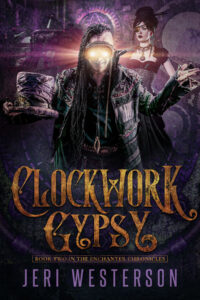
CLOCKWORK GYPSY is the second novel in the Enchanter Chronicle series, where we follow Leopold Kazsmer, the Great Enchanter, a man of Jewish/Romani blood and a magician of some repute who peppers his magic show on the stage with real magic he acquires by summoning Jewish daemons (note the spelling. A “daemon” is generally good, while a “demon” is generally bad, though they are pronounced the same). He has, on occasion, helped Scotland Yard with investigating supernatural crimes, and has formed his Scooby gang with the delectable and mysterious Special Inspector Mingli Zhao;
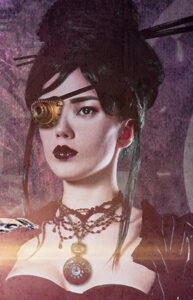
Despenser Thacker, a former inspector at Scotland Yard who is now a ghost; and a living automaton, named Raj, he uses in his show; and the Jewish daemon he summons, Eurynomos.
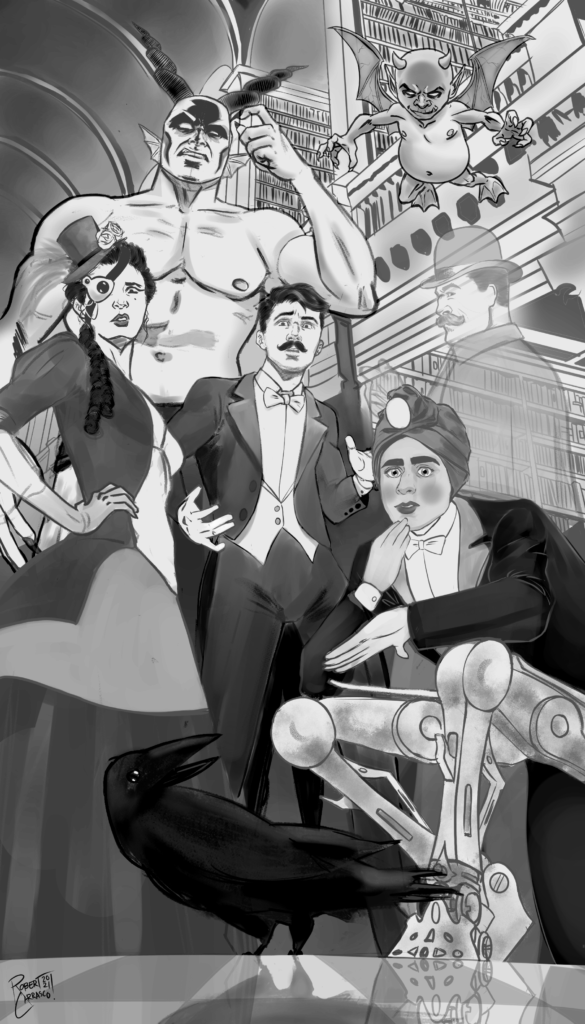
Did I mention they are illustrated, like the above?
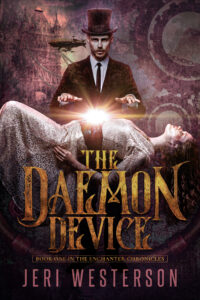
In the first book THE DAEMON DEVICE, Leopold foiled a Dirigible King’s move to take over the world with a golem army. In the second book, CLOCKWORK GYPSY, there is a diabolical plot afoot to kill thousands by connecting England’s railway lines to a deadly curse, while a Hungarian Romani—part man, part clockwork—will stop at nothing to kill the man he believes is responsible for his hell of an existence that is slowly grinding his mind into the nothingness of gears and pistons.
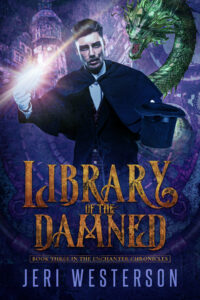
And in the third and final book LIBRARY OF THE DAMNED, Leo and company fight the Unholy Hosts of Gehenna from taking over London and the world.
My style of steampunk, or as I discovered later that it is more accurately described as gaslamp fantasy, is to adhere as closely to the history of the time period and then twist certain elements. In that way, a faithful foundation makes the reader feel that the rest is all the more real, that the fantasy that seeps into it, is real and livable. There’s no need, in my opinion, to have steampunky machines at every turn—a nonsensical doorbell, for instance—just for the sake of steampunking it up. Maybe the average reader of “steampunk” does not favor this, but it is the way I prefer to write this series. Being a historian, I found the real time period interesting enough to use rather than loading the story with unnecessary mechanical contrivances. Yes, they had elevated trolleys run on steam and later electricity. No, they didn’t have dirigibles at all for travelling.
And so…the railways, engines, stations, and all that are in them are accurate to the real Victorian time period.
Sans the goblins.
In 1836, for instance, the stationmaster Thomas Edmondson of the Newcastle & Carlisle Railway, invented the ticket system that we would recognize today, with a printed card of the destination and hand-numbered so it couldn’t be used again.
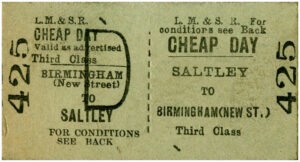
By 1900, you couldn’t enter a railway station without noticing the W. H. Smith newspaper and bookseller.
Refreshment Rooms where railway travelers could obtain food and libations were run by the individual railway companies, but Spiers & Pond were the contractors that made them palatable by the 1890s. In 1867, even Charles Dickens commented on railway-owned refreshment room fare; “The pork and veal pies, with their bumps of delusive promise and their little cubes of gristle and bad fat…the sawdusty sandwiches, so frequently and energetically condemned…” makes you shiver. Gas station sushi, anyone?
And it wasn’t until the early 1890s that toilets were even included on passenger train cars. Think about that for an unpleasant moment.
Researching Jewish mysticism and discovering about these helpful daemons and all the symbolism behind numbers, colors, and even “magic” words in Jewish myth and magic, got me to thinking about a way to use this interesting history. And I have always been fascinated by this time period of magicians, where séances and the investigation into the next world compelled and enthralled, and science was still crossed with a certain level of mysticism, where maybe magic was a real possibility. Taking the two together in an otherworldly adventure said “steampunk” to me. I think these characters have been percolating in my mind for a very long time and I was glad I finally had the opportunity to bring them to life.
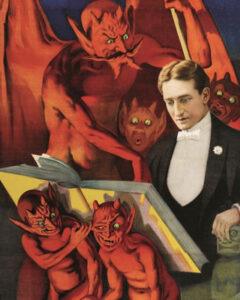
Since for well over twenty years I was steeped in the research of the Middle Ages for my Crispin Guest Medieval Noir series (that wrapped up with the fifteenth entry THE DEADLIEST SIN), it was a joy getting a chance to research Victorian London in the late nineteenth century. You just never know what will spark a story when you read a book and do a little side research for fun. Which sparked another Victorian series, my Sherlockian pastiche, An Irregular Detective series.
Discover more from Jeri Westerson
Subscribe to get the latest posts sent to your email.

I enjoyed your Steampunk series very much, especially since, as you mentioned, you didn’t add unnecessary and extraneous gadgets simply to “steampunkify” the stories.
As with all your series, IMHO, you set boundaries on the worlds you create that enable the reader to totally immerse themselves into that world without fear of “shocking anachronisms” which insert reality into that world. It is among the multiple reasons why I recommend your books as often and heartily as I do.
Thank you very much, Dayna. I hope I “see” you on my YouTube launch on August 16th! We can talk more.